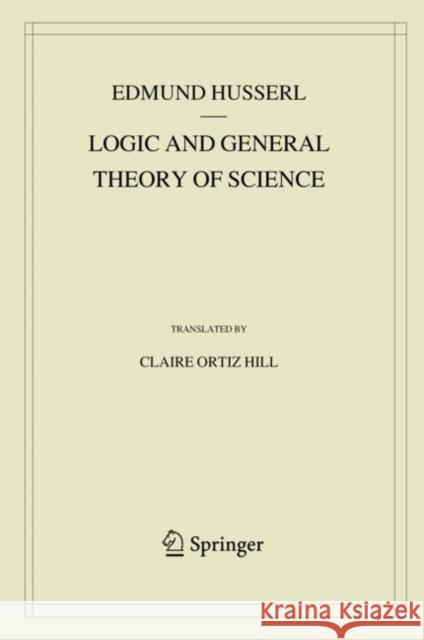Logic and General Theory of Science » książka
topmenu
Logic and General Theory of Science
ISBN-13: 9783030145286 / Angielski / Twarda / 2019 / 437 str.
Logic and General Theory of Science
ISBN-13: 9783030145286 / Angielski / Twarda / 2019 / 437 str.
cena 363,12
(netto: 345,83 VAT: 5%)
Najniższa cena z 30 dni: 346,96
(netto: 345,83 VAT: 5%)
Najniższa cena z 30 dni: 346,96
Termin realizacji zamówienia:
ok. 22 dni roboczych
Dostawa w 2026 r.
ok. 22 dni roboczych
Dostawa w 2026 r.
Darmowa dostawa!
Kategorie BISAC:
Wydawca:
Springer
Seria wydawnicza:
Język:
Angielski
ISBN-13:
9783030145286
Rok wydania:
2019
Wydanie:
2019
Ilość stron:
437
Waga:
0.85 kg
Wymiary:
23.77 x 16.36 x 3.28
Oprawa:
Twarda
Wolumenów:
01











